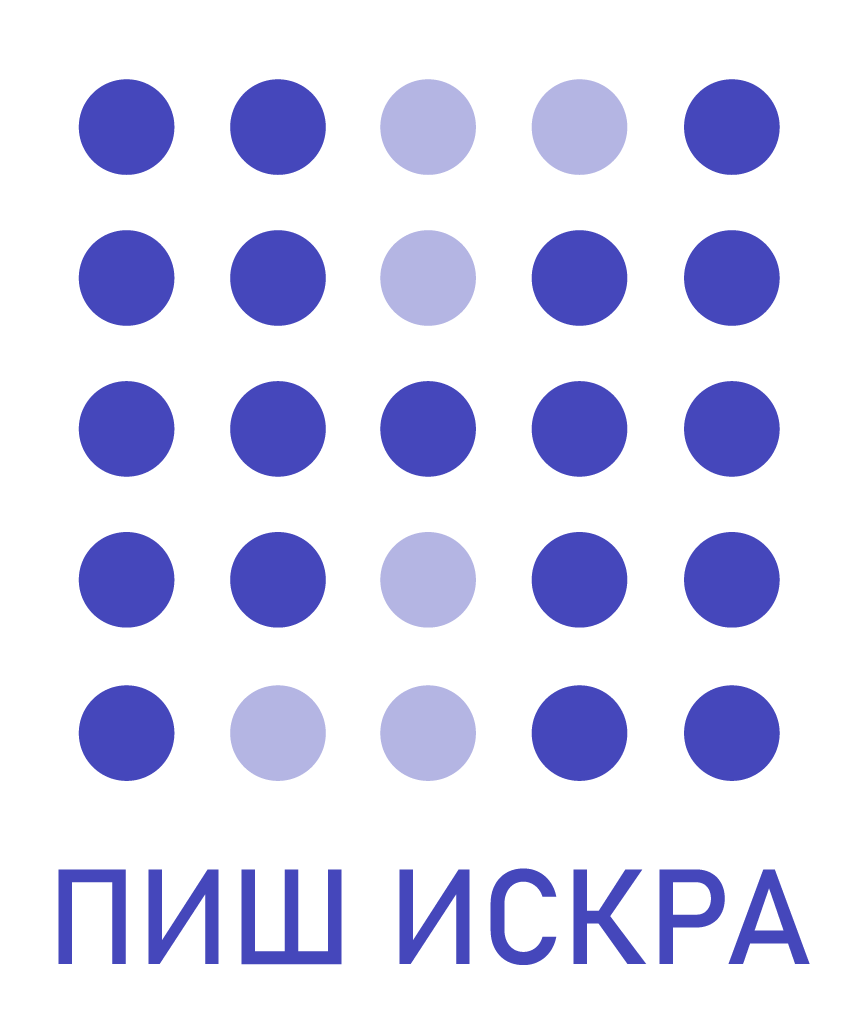CBC KOLARCTIC
Project information:
Arctic Railway Infrastructure in Kolarctic (KO2011 ARINKA II)
- Programme funding: 1 528 207 EUR
- Total budget: 1 698 008 EUR
- Duration: 15.10.2018 - 31.10.2021
- Call for proposals: 2nd call for proposals
- Project type: Standard project
- Priority axis: 2. Fluent mobility of people, goods and knowledge
- Thematic objective: 7. Improvement of accessibility to the regions, development of sustainable and climate-proof transport and communication networks and systems
The railway infrastructure plays an important role in social and economic development of the Kolarctic region. In order to ensure uninterrupted year-round freight and passenger traffic both inside and outside the region, there is an increasing demand for a better railway infrastructure.
The Kolarctic region is located in arctic and subarctic climate area. Its features include uninhabited territories and wild nature areas, taiga forests and tundra. The countries of the Kolarctic region have common problems: severe weather conditions, such as long winters with low temperatures, wind, snow and ice; permafrost; long hours of darkness, etc.
Railways are often built in sparsely populated or hard-to-reach regions, creating extremely difficult conditions for operation and maintenance, especially as the repair work requirements increase in the winter period. In these conditions, it becomes urgent to create an efficient railway infrastructure and improve technical solutions for the railway maintenance and operation.
In the Kolarctic region, which includes the northern part of Norway, Sweden, Finland and the Northwest of the Russian Federation, railways were built at the turn of the 20th century. Despite later modernization, most of them still retain elements of old construction. Hence the incompatibility between the existing railway infrastructure and the expected increase in freight and passenger traffic. The increase in axle loads of the rolling stock also leads to rapid wear of the main elements of the railway transport and track, which leads to accidents and increased maintenance requirements. Increasing uptime and adherence to train schedules implies more active use of automated control (monitoring) systems for quick error detection, timely and efficient maintenance and repair.
The main objectives of Arctic Railway Infrastructure in Kolarctic (KO2011 ARINKA II):
- Development of a cross-border railway research and development collaboration between parties from different countries of the Kolarctic region.
- Exchange of technical know-how and best-practice solutions to increase the working capacity of the rail network in the Kolarctic region.
- Development of improved, highly intelligent and cost-effective railway maintenance and repair methods.
- Development of monitoring recommendations through advanced sensor technology solutions for railway transport
The KO2011 ARINKA project is divided into the following five work packages:
- WP 1 – Management & Coordination
- WP 2 – Competence Building and Cross-border Experience Transfer
- WP 3 – Railway Infrastructure (Track components & Sub structure)
- WP 4 – Railway Operation, Maintenance and Repair practices
- WP 5 – Railway Monitoring and Sensoring Technology
Project partners:
Each country is represented by a working group of specialists with in-depth knowledge of the disciplines most relevant for the railway transport industry in cold climates.
- The lead partner is Northern Research Institute Narvik (NORUT Narvik), Narvik, Norway;
- Federal State Budget Educational Institution for Higher Educational “Empreror Alexander I St. Petersburg State Transport University”, St. Petersburg, Russia;
- Luleå University of Technology, Luleå, Sweden;
- Lapland University of Applied Sciences, Rovaniemi, Finland;
- Kola Science Center of the Russian Academy of Sciences, Apatity, Russia.
The partners participate in the project supported by the railway company corresponding to the participating country:
- Bane NOR, Hamar, Norway;
- Finnish transportation Agency (FTIA — VÄLYÄ), Oulu, FINLAND;
- Trafikverket, Luleå, Sweden;
- October Railway – Branch of Joint Stock Company “Russian Railways”, Murmansk and Saint Petersburg, Russia.
Duration
The ARINKA project has a duration of 36 months, starting on October 15th, 2018 and till the end of October 2021.
Project funding
The project is financed through the Kolarctic CBC 2014 – 2020 Programme, which is a program that supports collaboration between the North Calotte and North-West Russia. The project is also financed by Nordland County Council and Region Norrbotten.
Additional information:The Department of “Bases and Foundations”
- Head of the Department – Vladimir M. Ulitskiy
- Russia, 190031, Saint Petersburg, Moskovsky pr. 9, Office 1-114
- Tel: 314-90-13, 58-834
- oif@pgups.ru
International Relations Department
- Russia, 190031, Saint Petersburg, Moskovsky pr. 9, Office 2-223
- Tel: 315-40-59, 52-149
- inter@pgups.ru



